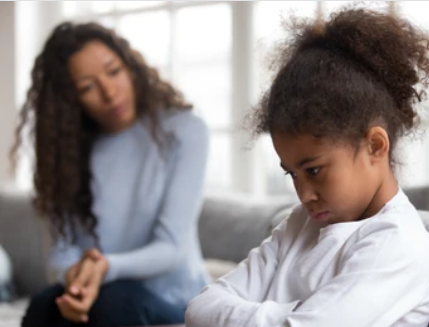WHY THEY DO IT

Stomp. Kick. Bite. Scream. “LISTEN to me!” And here goes the tantrum…I think. What are tantrums, exactly?

…
Yep, my kid was definitely having a tantrum. But why?
Well, there’s three main reasons for tantrums: to communicate, gain control, or release energy. Once we =identify the reason, we can find a way to address them.
1. TO COMMUNICATE

When children throw tantrums, one common reason is to communicate something. Even as adults we know…
Communicating is hard!
We have to remember that children were infants not all that long ago. And how do infants communicate? Through pure emotional response.
They cry, they smile, they scream, they giggle.
Through these reactions, a parent learns how the child is feeling; what she needs, what she likes and what she dislikes. It’s a struggle, but we do it.
Then as our children develop into toddlers, they learn gestures such as waving and pointing to show what they want.
This is followed by actual words, enhancing their communication skills. They eventually learn to get across the finer points.
“I want my milk in a green cup.”
But when stressed, children can regress to that infantile state.
They lose track of their newly-gained language skills and fall back into pure emotional expression to let you know what’s up.
2. TO GAIN CONTROL
The second reason children tantrum is to gain control or to get what they want.
Many people automatically assume this is the reason a child throws a tantrum. But really, this is the just the reason for tantruming the public best understands.
And when it works…wow, what a tool!
For the child, the thought process can go something like this:
“I can get mom or dad to back down and do things my way just by letting lose.”

But when effective, the victory is short-lived.
Children who gain too much control become anxious. And anxiety can lead to more tantrums.
3. TO EXPEL EMOTIONAL ENERGY

The third reason children tantrum is to discharge their emotional energy.
Sometimes, we all have things bottling up inside that need proper release.
For children, it is much the same.
Only difference is they may not have the emotional maturity or knowledge of how to deal with it.
Emotions are physical reactions in the body.
We call them ‘feelings’ because…well, we feel them!
We experience either a tensing or relaxing of muscles, a sensation of lightness or heaviness. The nervous system readies for action in order to respond to the perceived threat or opportunity. The stronger the feeling, the stronger the need for physical release.
Laughing, crying and tantrumming are all physical releases of emotional energy.
Some children tantrum more because they feel things more intensely or they have less control over the magnitude and direction of the physical response.
HOW SHOULD I DEAL WITH IT?

BE HONEST
First, acknowledge that the tantrum must be occurring due to one of the three reasons you just learned. Children are still cognitively changing and developing their emotional controls.
REMAIN CALM
Then take a breath and remain calm (easier said then done, right?). While panicking is a natural response, it can add ‘fuel to the fire’, so to speak. When our kids breakdown in hysterics, our anger or annoyance can be confusing to them. We can try to be constructive and helpful in our response by choosing one of four general responses.
BE PROACTIVE

• Check out How to Get Through It to learn how to cope with tantrums
• Book a free consultation with a play therapist and ask your questions
• Sign up for our upcoming free workshop and share YOUR story

Want to read more like this?
Get notified when we post more helpful articles!